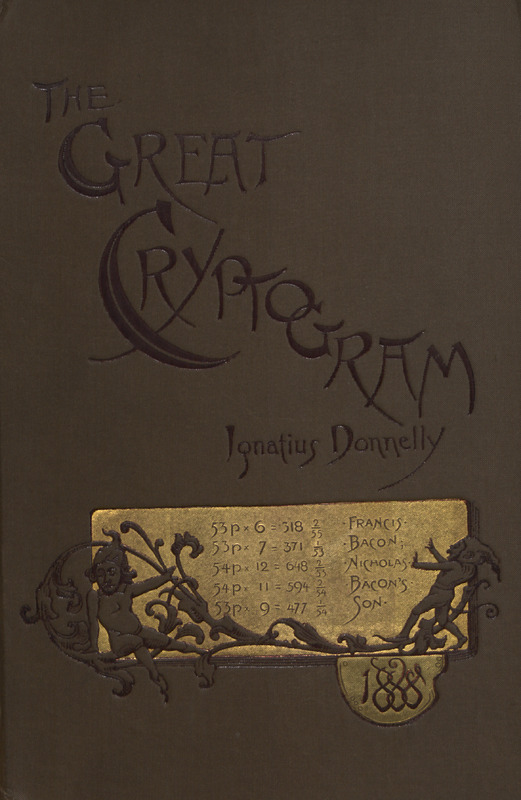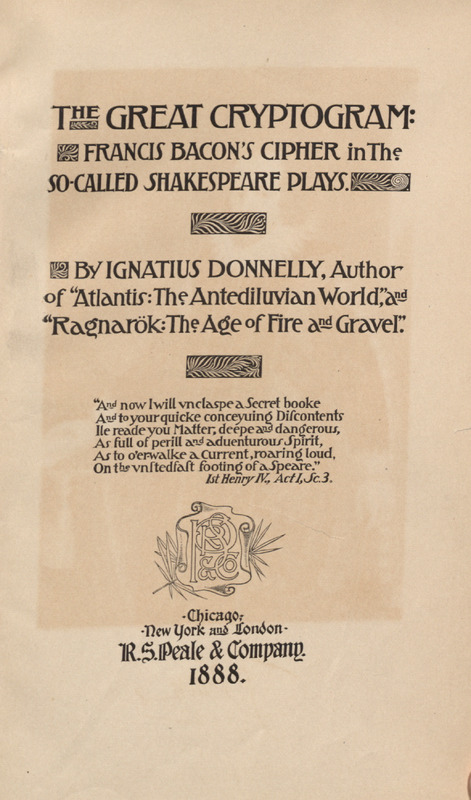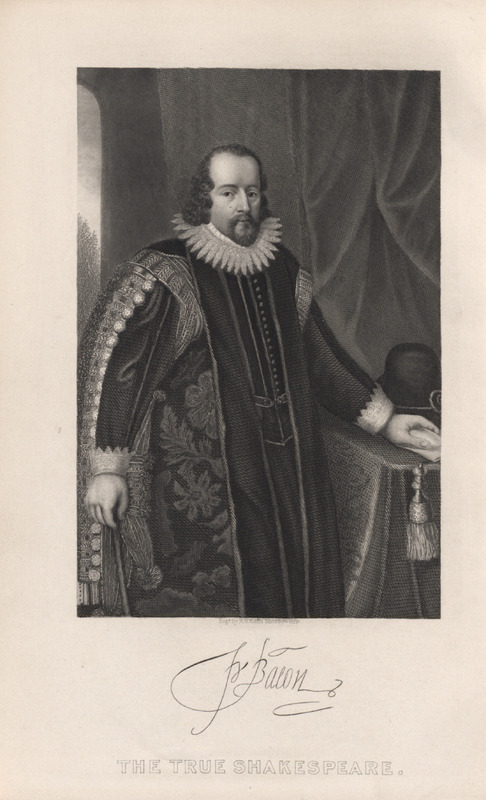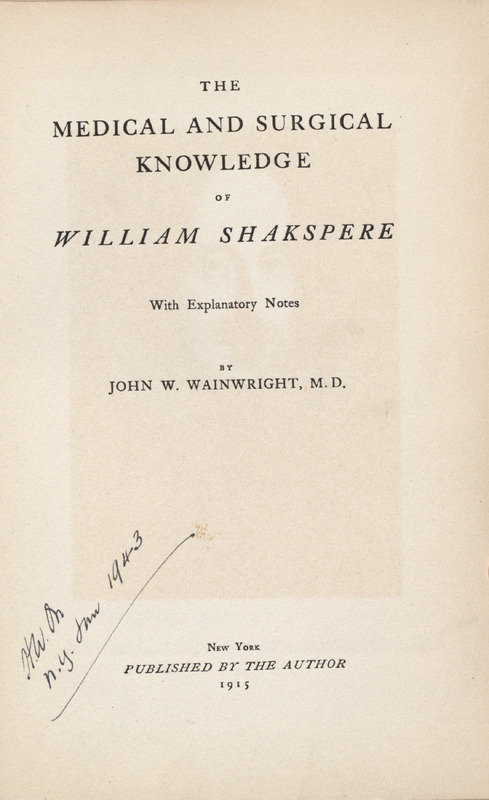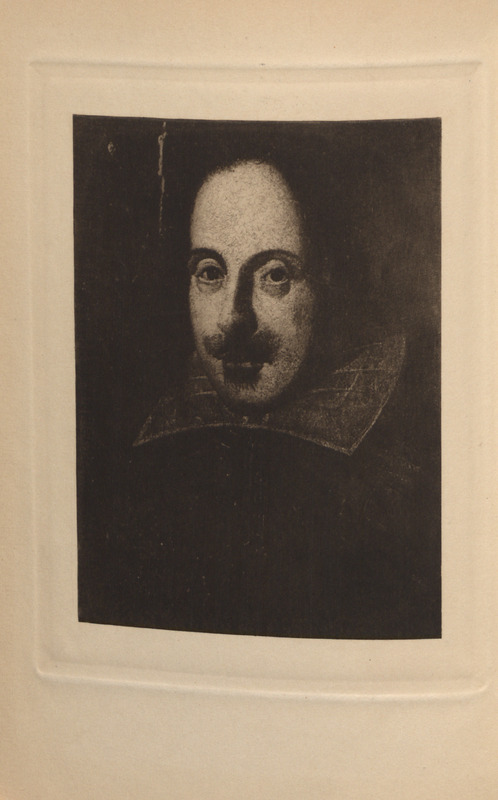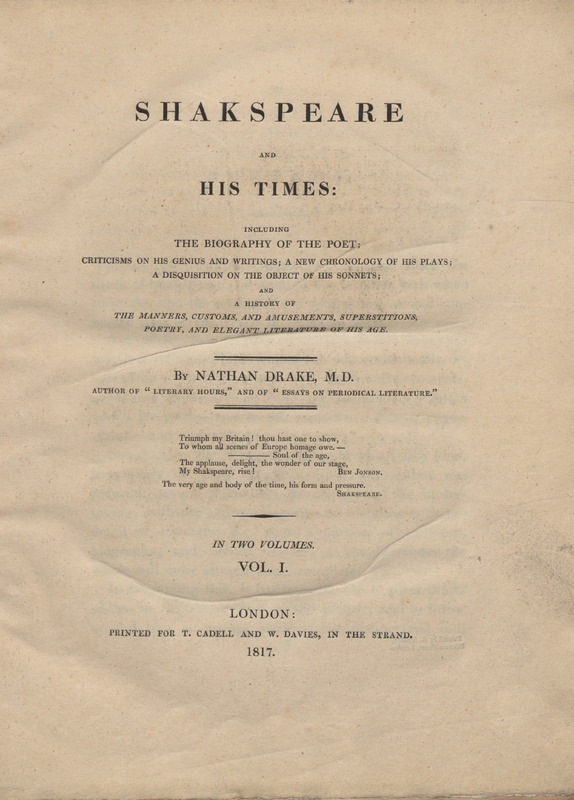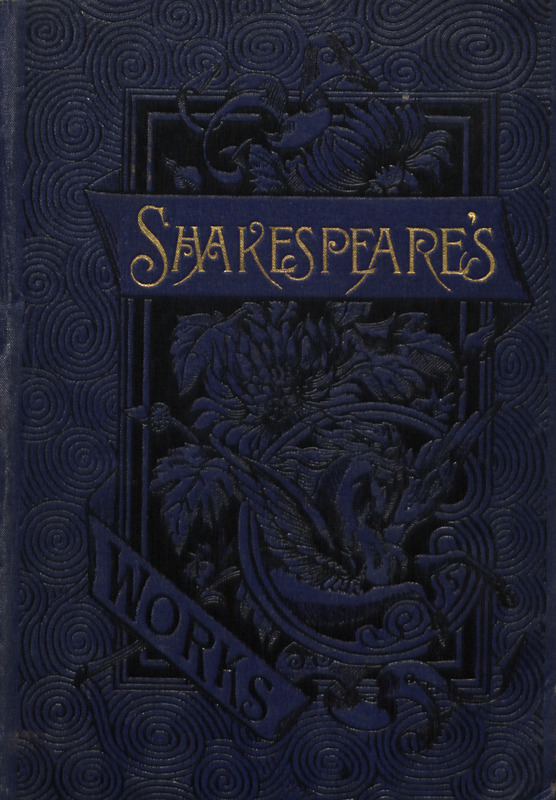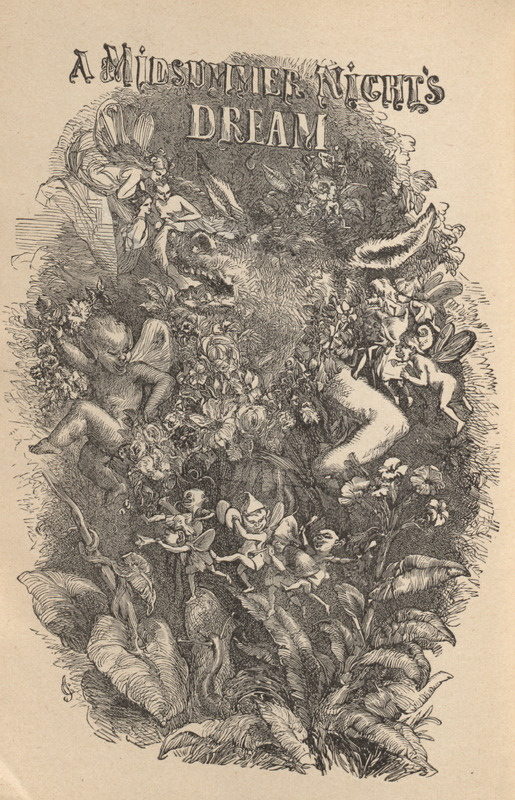The great cryptogram:
Francis Bacon’s cipher in the so-called Shakespeare plays
Some scholars believe the plays of William Shakespeare were written by philosopher, scientist and statesman, Francis Bacon. Proponents point out similarities between Bacon's and Shakespeare’s writing styles, and the level of scientific knowledge portrayed in the plays that only Bacon could have possessed. Some supporters theorize that Bacon did not want to hinder his political career by being a playwright. Others believe Bacon and others, such as Sir Walter Raleigh, used the plays to hide anti-monarchical ideas. Some theories hinge on hidden ciphers in the text. Ignatius Donnelly, American congressman, science fiction author, and lost city of Atlantis theorist, allegedly collected proof of the hidden messages, revealing them in his book The great cryptogram. Nineteenth-century theorists believed the cipher revealed that Francis Bacon was the son of Queen Elizabeth and Robert Dudley, making Bacon the true heir to the throne of England. Others believed Bacon was a member of the Rosicrucian order, a secret society of occult philosophers, and that he hid Rosicrucian secrets in the plays’ text.

